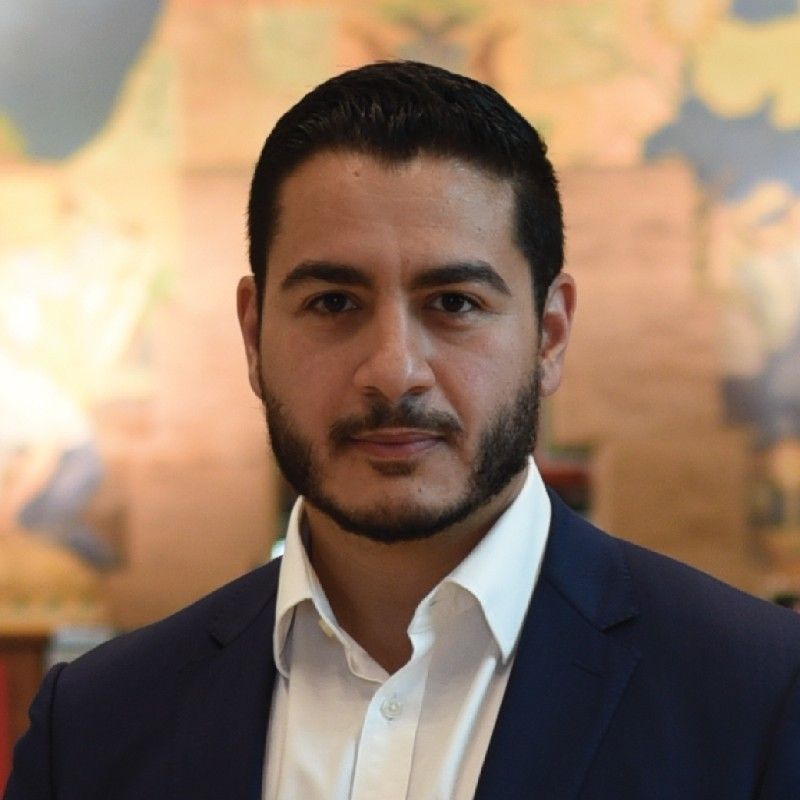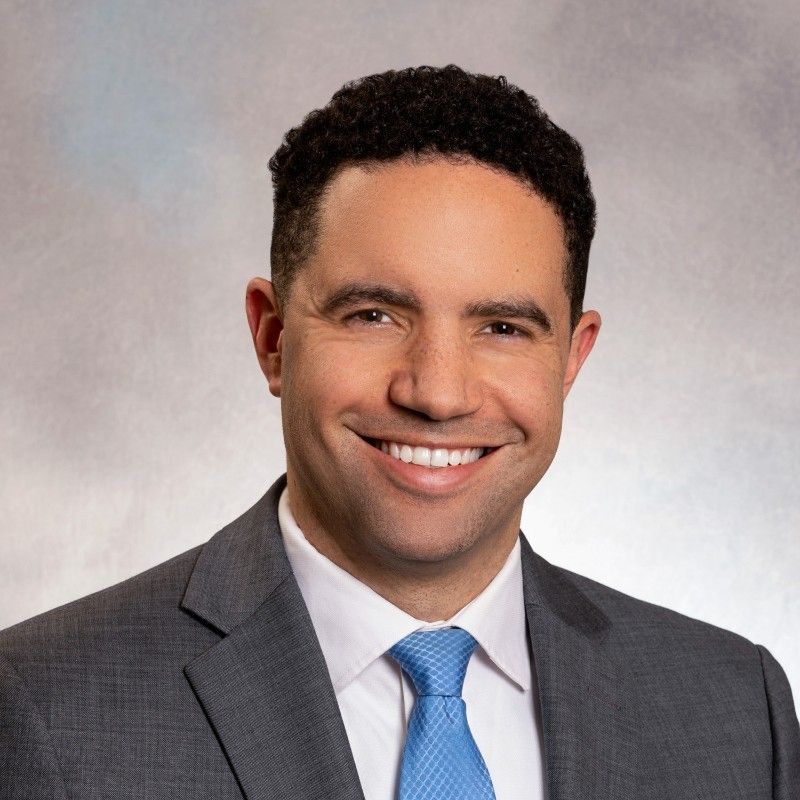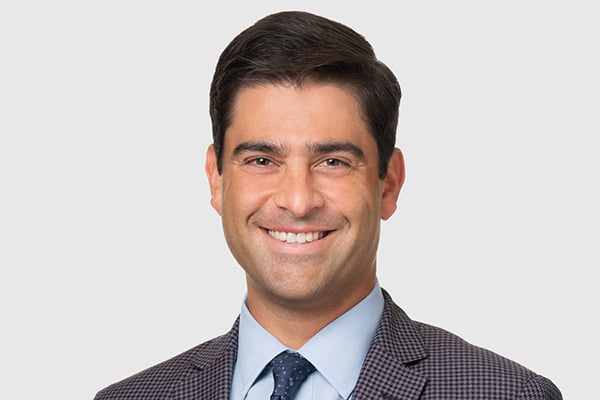- Center on Health Equity & Access
- Clinical
- Health Care Cost
- Health Care Delivery
- Insurance
- Policy
- Technology
- Value-Based Care
How Can Congress Solve the Medical Debt Crisis in America?
The US Senate Committee on Health, Education, and Labor Pensions discussed actionable solutions to address the medical debt crisis impacting millions of individuals.
Today, the US Senate Committee on Health, Education, and Labor Pensions (HELP), led by members Sen. Bernie Sanders (I, Vermont), chairman of the committee, and ranking member Sen. Bill Cassidy, MD (R, Louisiana) discussed ways to end medical debt in the United States.1
High cost of care and poor insurance coverage has left millions of individuals with devastating medical debt. Medical debt is the leading cause of bankruptcy, accounting for $220 billion in total debt in the United States, according to a poll by KFF.2 During the committee hearing, a panel of witnesses provided potential solutions to alleviate the medical debt burden, including universal health care coverage, improving price transparency, and reforming existing programs like 340B, and strengthening consumer protections.
Why Is the Cost of Health Care so High in the United States?
There are several reasons why health care costs in the United States are significantly higher than that of other countries. First, the United States spends significantly more on administrative costs than any other nations. In 2022, health expenditures were $12,555 per person in the United States, which was over $4000 more than any other high-income country, according to a report by Peterson-KFF Health System Tracker.3
Second, there is a lack of price transparency competition within the health care market.

“Health insurance companies can be more transparent with patients about what is covered and what steps are needed to access care, [and] I find many patients come away from talking with their insurance even more confused than when they started,” Fumiko Chino, MD, radiation oncologist at Memorial Sloan Kettering Cancer Center and hearing witness, wrote in a statement to The American Journal of Managed Care® (AJMC®). “Often patients are in the wrong plan for their needs, and this hasn’t been well explained to them either. The business of health care is by definition not patient centered, it is a business with the goal of delivering a service while maximizing profits.”
Third, government policies have favored large health care players and detached patients from their health care spending decisions. In her testimony, Ge Bai, PhD, CPA, professor of accounting and health policy at Johns Hopkins University, cited several ways in which government policies have helped put more money into the pockets of large corporations, which include:
- The 340B program, which allows certain hospitals to buy drugs at discounted prices but sell them at high markups. This ultimately gives these hospitals a financial advantage over non-340B hospitals and physician practices.
- Site-based payment policies that pay hospitals more than independent physician practices for the same services.
- Restrictions on physicians establishing their own hospitals limits market competition.
These policies have enabled large health systems to acquire physician practices and smaller hospitals, allowing them to gain market power and raise prices. Additionally, the complexity of regulations tends to benefit larger payers who have more resources to navigate and influence the regulatory process.

“The best way to reduce price and improve quality is competition,” Bai said in an interview with AJMC. “All policymakers should focus on promoting competition right now. We don’t have that in the health care market.”
What Are the Solutions to the Medical Debt Crisis?
The testimony presented several potential solutions to eliminate medical debt. For witness Abdul El-Sayed, MD, DPhil, director and health officer for the Wayne County Department of Health, Human, and Veterans Services in Detroit, Michigan, the solution would be to implement universal health care coverage for all individuals, such as Medicare for All. Currently, there is an existing medical debt cancellation program in Wayne County, Michigan, which is using $7 million to eliminate up to $700 million in medical debt.

"In response, County Executive Warren Evans made alleviating medical debt and expanding health care access a primary goal for our county in March of 2024,” El-Sayed said. “We announced a program in partnership with Undue Medical Debt to relieve medical debt for qualifying residents, braiding funding that originated as ARPA [American Rescue Plan Act] with local funding to support indigent health care. The program leverages a unique fact that the real value of medical debt actually falls with time after non-payment.”
Another solution is to strengthen consumer protections against aggressive debt collection practices. For example, Chino shared a personal experience which she said is not uncommon among her patients. She described how debt collectors hounded her after her husband’s death from cancer, even calling her during his funeral to demand payment.
Allyson Ward, advanced practice nurse and neonatal nurse, also shared her testimony dealing with large medical debt after her sons were born preterm and in the neonatal intensive care unit (NICU).

"I think it's just the ever-constant threat of someone calling to inquire for something that we were not able to pay,” said Ward. “I would say, up to multiple times a day, we were in the NICU visiting our children, and we would get calls from debt collectors asking for payment before the boys were ever discharged from the hospital.”
Other methods of aggressive debt collection practices include suing low-income patients, garnishing wages, seizing bank accounts, and even seeking arrest warrants for patients who missed court hearings related to medical debt.

"We know that patients who are in financial distress after a diagnosis, who are facing these medical debts, do not adhere to treatment recommendations,” said testimony witness Luke Messac, MD, PhD, attending physician at Brigham and Women’s Hospital and instructor of emergency medicine at Harvard Medical School. “They're more likely to die, and this has been proven time and time and time again.”
Other potential solutions include expanding Medicaid coverage (especially for children), removing medical debt from credit reports, capped interest rates on medical debt to prevent excessive accumulation over time, implementing site-neutral payments, and giving patients more control over their health care dollars, potentially through expanded use of Health Savings Accounts.
The Limitations of Medical Debt Relief
While cancelling all medical debt may seem like the most simplistic and obvious solution to eliminating medical debt in the United States, there a several limitations, according to testimony witness Benedic Ippolito, PhD, senior fellow of the American Enterprise Institute.

"At this point, we have a very large body of research, including analysis of real-world settings, Medicare, Medicaid, the ACA [Affordable Care Act], and randomized controlled trials of medical debt forgiveness, and those have shown us that large reductions in medical debts, perhaps surprisingly, generally, do not lead to large improvements in other financial outcomes—the effects on credit scores, delinquencies, credit utilization, bankruptcy, and other financial measures are often zero, on average,” said Ippolito.
The Bottom Line: Is Health Care a Human Right?
Medical debt remains a significant problem in the United States, in which the current landscape favors large corporations at the expense of providing affordable care to patients. Therefore, this becomes a fundamental debate on whether health care should be treated as a human right or as a profit-driven industry, in which addressing the medical debt crisis will likely require extensive and comprehensive reforms to the US health care industry.

"I think there is no denying that our system is not only the most expensive, [but] it is the most complicated [and] the most bureaucratic,” Sanders said. “Everybody in America spends half their lives filling out forms, arguing with insurance companies—all of which costs an enormous amount of money."
References
1. Hearing Before the US Senate Committee on Health, Education, Labor & Pensions; What can Congress Do to End the Medical Debt Crisis in America? July 11, 2024. Accessed July 11, 2024. https://www.help.senate.gov/hearings/what-can-congress-do-to-end-the-medical-debt-crisis-in-america
2. Rakshit S, Rae M, Claxton G, et al. The burden of medical debt in the United States. KFF. Published February 12, 2024. Accessed July 11, 2024. https://www.kff.org/health-costs/issue-brief/the-burden-of-medical-debt-in-the-united-states/
3. Wager E, McGough M, Rakshit S, et al. How does health spending in the US compare to other countries? Health System Tracker. Published January 23, 2024. Accessed July 11, 2024. https://www.healthsystemtracker.org/chart-collection/health-spending-u-s-compare-countries/#GDP%20per%20capita%20and%20health%20consumption%20spending%20per%20capita,%202022%20(U.S.%20dollars,%20PPP%20adjusted)
